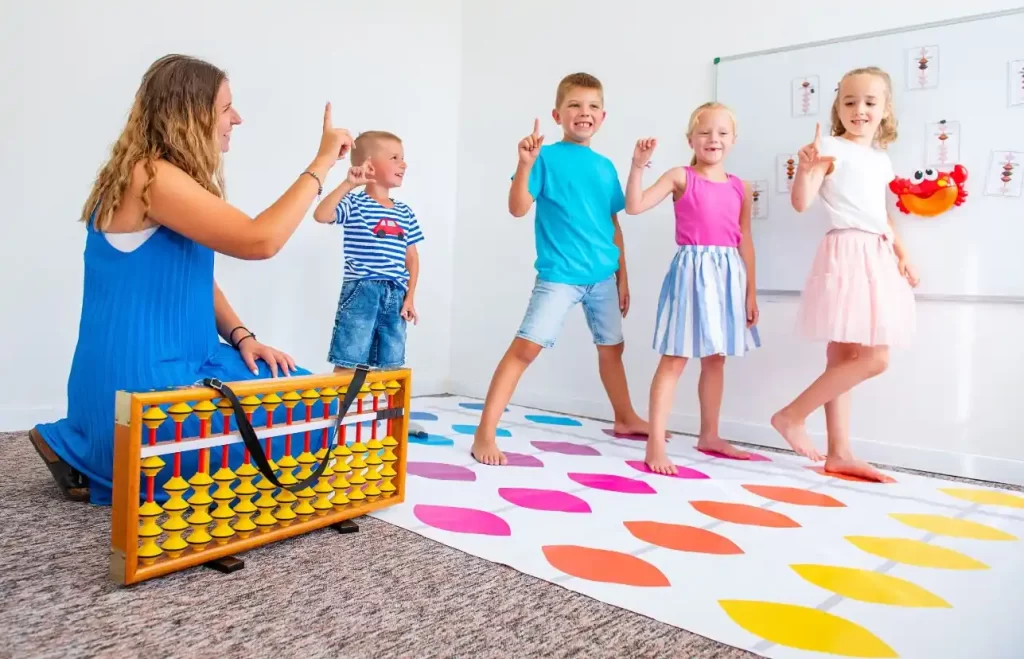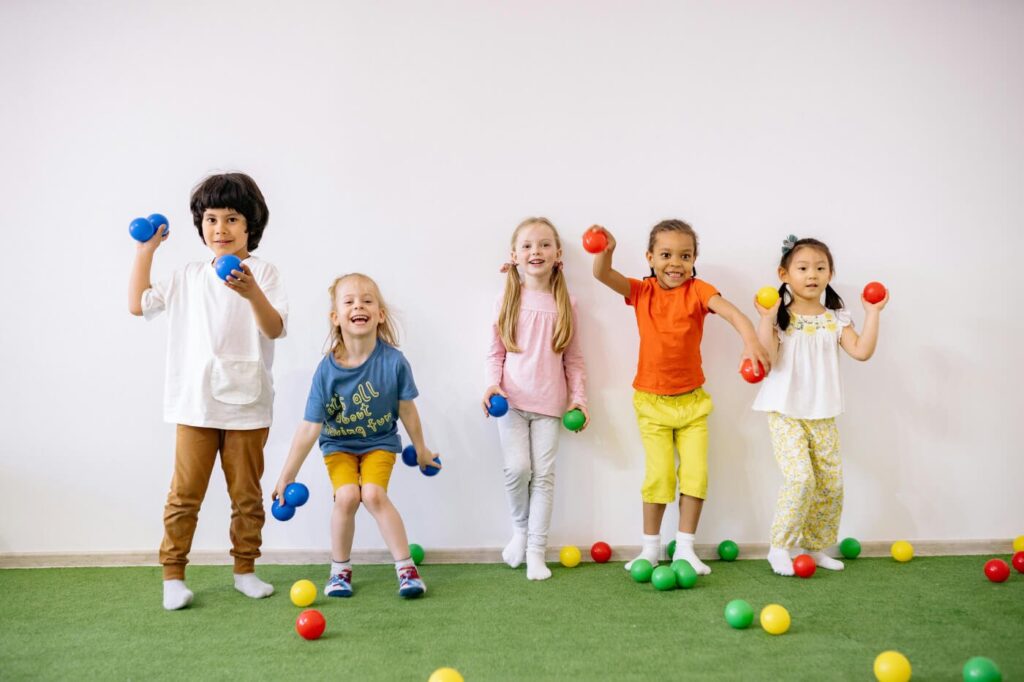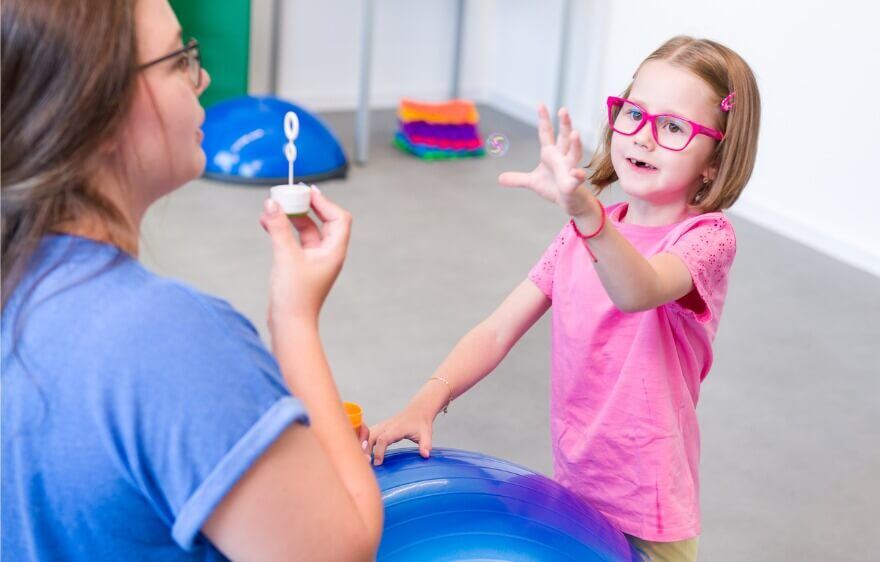Occupational therapy (OT) for children is a vital component in supporting their development and enhancing their ability to engage in everyday activities. With a focus on play as a primary medium for learning and growth, innovative approaches have emerged that make therapy not only effective but also enjoyable for young ones. This article delves into various fun and effective strategies employed in children’s occupational therapy, highlighting the importance of play, the integration of technology, and the role of sensory experiences.

The Importance of Play in Occupational Therapy
Play is often referred to as the “work of the child.” It serves as a fundamental avenue through which children explore their environment, develop skills, and express themselves. According to insights from The OT Toolbox, play is not merely a leisure activity; it is a critical tool that occupational therapists utilise to support children’s development across various domains.
Engaging in play allows children to practice motor skills, enhance cognitive abilities, and develop social skills. Through structured and unstructured play, they learn to solve problems, negotiate with peers, and express emotions. This multifaceted approach to therapy ensures that children are not only receiving therapeutic benefits but are also enjoying the process.
Types of Play in Occupational Therapy
Kids occupational therapy often incorporates different types of play into sessions to target specific developmental goals. These include:
Physical Play: Activities that involve movement, such as climbing, jumping, and running, help improve gross motor skills and coordination.
Constructive Play: Building with blocks or engaging in arts and crafts enhances fine motor skills and creativity.
Symbolic Play: Role-playing and imaginative play foster cognitive development and social skills.
By tailoring play activities to the individual needs of each child, therapists make kids occupational therapy engaging, effective, and fun, supporting growth across multiple developmental areas.ts can create a personalised approach that maximises engagement and effectiveness.
More about: Tailored Support Plans with Castle Hill Occupational Therapy for Autism
Integrating Technology into Therapy
In recent years, the integration of technology into occupational therapy has revolutionised the way therapists engage with children. Interactive physical-digital play technologies have been shown to positively influence developmentally relevant behaviours in children, as highlighted in a systematic review. These technologies not only make therapy more engaging but also provide measurable outcomes that can enhance the effectiveness of interventions.
For instance, a 2023 study introduced a web-based gamification of upper extremity robotic rehabilitation, which significantly improved engagement and effectiveness in pediatric therapy. By incorporating game-like elements, children are more likely to participate actively in their therapy sessions, making the process enjoyable and rewarding.
Examples of Technological Approaches
Several innovative technological approaches are currently being utilised in children’s occupational therapy:
- Virtual Reality (VR): VR-based rehabilitation systems have been shown to enhance upper limb function in children with brain injuries. By immersing children in a virtual environment, therapists can create engaging scenarios that motivate them to practice essential skills.
- Robotic Assistance: Robotic devices can assist children in performing movements they may struggle with, providing both support and motivation to improve their abilities.
- Mobile Applications: Various apps are designed to facilitate skill development through interactive games that target specific therapeutic goals.
These technological advancements not only make therapy more enjoyable but also provide therapists with valuable data to track progress and adjust interventions accordingly.
Utilising Sensory Integration Therapy
Sensory integration therapy is another effective approach in occupational therapy for children, particularly those with autism spectrum disorders. Research indicates that this type of therapy can lead to improvements in sensory processing and reductions in problem behaviours. By addressing sensory challenges, therapists can help children better navigate their environments and engage more fully in daily activities.
During sensory integration therapy, children are exposed to various sensory experiences, such as tactile, auditory, and visual stimuli. This exposure helps them learn to process and respond to sensory information in a more adaptive manner. The goal is to create a balanced sensory experience that promotes self-regulation and enhances overall functioning.
Activities for Sensory Integration
Occupational therapists often incorporate a range of activities to facilitate sensory integration, including:
- Obstacle Courses: These can be designed to challenge children’s balance, coordination, and sensory processing through various physical tasks.
- Water Play: Engaging in water activities can provide calming sensory experiences while also promoting fine motor skills.
- Art and Craft Activities: Using different textures and materials can stimulate tactile senses and encourage creativity.
By creating a sensory-rich environment, therapists can help children develop the skills necessary to cope with sensory challenges in their everyday lives.
Collaborative Approaches in Therapy
Collaboration between therapists, parents, and educators is essential in maximising the effectiveness of occupational therapy for children. By working together, all parties can ensure that therapeutic strategies are consistent across different environments, reinforcing the skills learned during therapy sessions.
Parents play a crucial role in supporting their child’s development at home. By incorporating therapeutic activities into daily routines, they can help reinforce the skills being targeted in therapy. Educators also contribute by creating inclusive classroom environments that accommodate the diverse needs of all students.
Strategies for Collaboration
To foster effective collaboration, therapists can implement the following strategies:
- Regular Communication: Keeping open lines of communication with parents and educators helps ensure everyone is on the same page regarding therapeutic goals and strategies.
- Workshops and Training: Providing training sessions for parents and educators can equip them with the tools and knowledge needed to support children’s development effectively.
- Goal Setting: Involving parents and educators in the goal-setting process can create a more holistic approach to therapy, ensuring that everyone is invested in the child’s progress.
By fostering a collaborative environment, therapists can enhance the overall effectiveness of occupational therapy and support children in reaching their full potential.

Conclusion
Occupational therapy for children is an evolving field that continues to embrace innovative and engaging approaches. By prioritising play, integrating technology, utilising sensory experiences, and fostering collaboration, therapists can create a dynamic and effective therapeutic environment. As research continues to highlight the importance of these strategies, the future of children’s occupational therapy looks promising, ensuring that young ones receive the support they need to thrive.
Ultimately, the goal of occupational therapy is to empower children, helping them to develop the skills necessary for independence and success in their daily lives. With a focus on fun and effective approaches, therapists can make a significant impact on the lives of children and their families.
Learn about: Tailored Support Plans with Castle Hill Occupational Therapy for Autism

